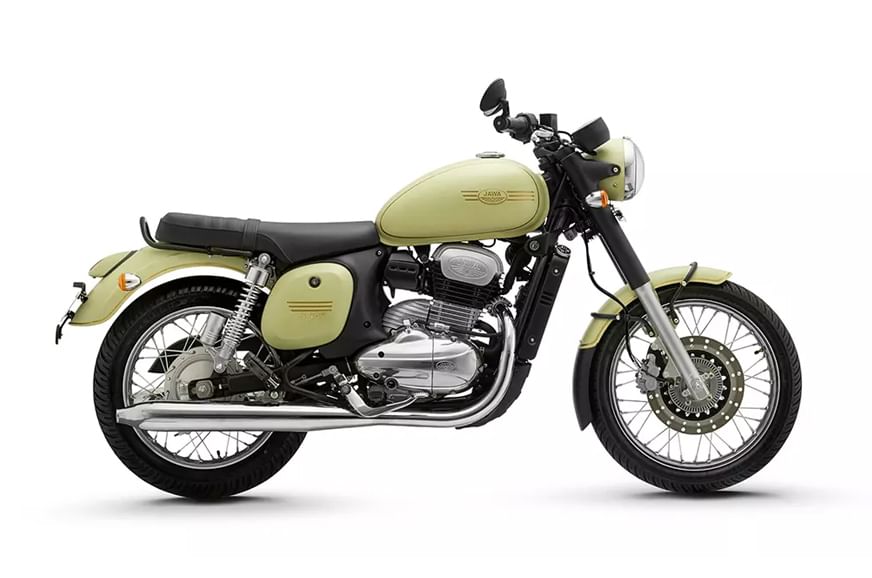Jawa 42 vs FJ: similarities and differences explained
The biggest difference is the larger 334cc engine at the heart of the FJ, as opposed to the older 295cc unit in the regular Jawa 42.
Published On Sep 06, 2024 07:00:00 AM
18,131 Views
Follow us onJawa has expanded its lineup with the launch of the new 42 FJ, and while there are some obvious visual differences that help you tell it apart from the regular 42, there are significant changes under the surface as well. Here’s exactly how the two bikes differ, and what’s common.
Jawa 42 FJ vs Jawa 42: Differences
The quickest and easiest way to identify the new 42 FJ is through the design changes that Jawa has made. Head-on, you’ll notice the new headlight design with the horizontal bar running across the centre – something that isn’t present on the regular 42. The latter also sports a small flyscreen above the headlight, which you won’t find on the FJ. Moving over to the side, the giveaways are the more upswept exhaust pipes and the new tank design on the 42 FJ, which features a large contrasting panel on the fuel tank that gives it a dual-tone look. Additionally, the FJ’s tank is also smaller in size: 12-litres vs the standard bike’s 13.2-litres.
.png?w=700&c=0)
Moving over to the non-visual differences, there are different (though not entirely different) engines at the heart of the two bikes. The FJ has the privilege of receiving the larger 334cc engine seen in the likes of the Jawa 350 and Yezdi Roadster, and this is a bored out version of the 295cc unit you see on the regular 42 – both engines have the same 65mm stroke. Obviously, as a result, the FJ is more powerful – 29.2hp and 29.6Nm vs 27.3hp and 26.9Nm for the regular. Also on the powertrain front, the FJ is the only one of the two to get a slip-and-assist clutch.
.png?w=700&c=0)
The final difference is the price, where as you’d expect, the more powerful FJ is pricier – Rs 1.99 to 2.20 lakh as opposed to the standard 42’s price tag of Rs 1.73 to 1.98 lakh.
Jawa 42 FJ vs Jawa 42: Similarities
The chassis package is the biggest area of common ground between the two bikes, with both the standard and the FJ being held together by a double-cradle frame suspended on a telescopic fork and twin shock absorbers. Wheel sizes are also the same – an 18-inch front and 17-inch rear – though the FJ gets fatter tyres. On the flipside, its rear shocks aren’t gas-charged, while the standard 42’s are. Further commonalities are disc brakes both front and rear as well as dual-channel ABS, though the FJ’s rotors are slightly larger in diameter at both ends.
Also See:
BSA Gold Star vs RE Interceptor 650: price, specifications compared
Copyright (c) Autocar India. All rights reserved.






Comments
Member Login
Personal Details
No comments yet. Be the first to comment.